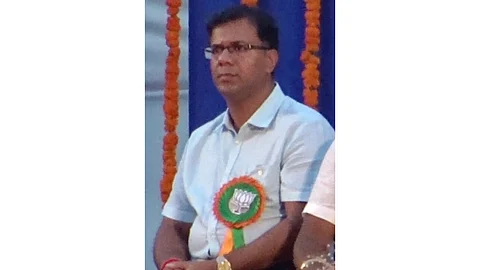The health minister explained that all health officers have been told to assist in the community engagement on HMPV, ILI and SARI without creating panic among the community. He also said that the state is also increasing the surveillance of ILI and SARI cases. If the patient has severe pneumonia or SARI, doctors have been told to test for H1N1 and COVID-19, respectively. If need be, they will send these cases to the National Institute of Virology in Pune for further investigation.
Rane also mentioned that in a meeting held in January, health officers were informed about the current situation of ILI and SARI in Goa and were given a power point presentation on HMPV and how to manage it.
Understanding about Human Metapneumovirus (HMPV)?
Human metapneumovirus (HMPV) first identified in 2001, which belongs to the Pneumoviridae family, which also includes respiratory syncytial virus (RSV). It can affect people of all ages, particularly young children, older adults, and those with weakened immune systems, leading to both upper and lower respiratory infections. The widespread use of molecular diagnostic testing has improved the detection and recognition of HMPV as a significant cause of respiratory illnesses. [1]
Symptoms:
Symptoms include:


